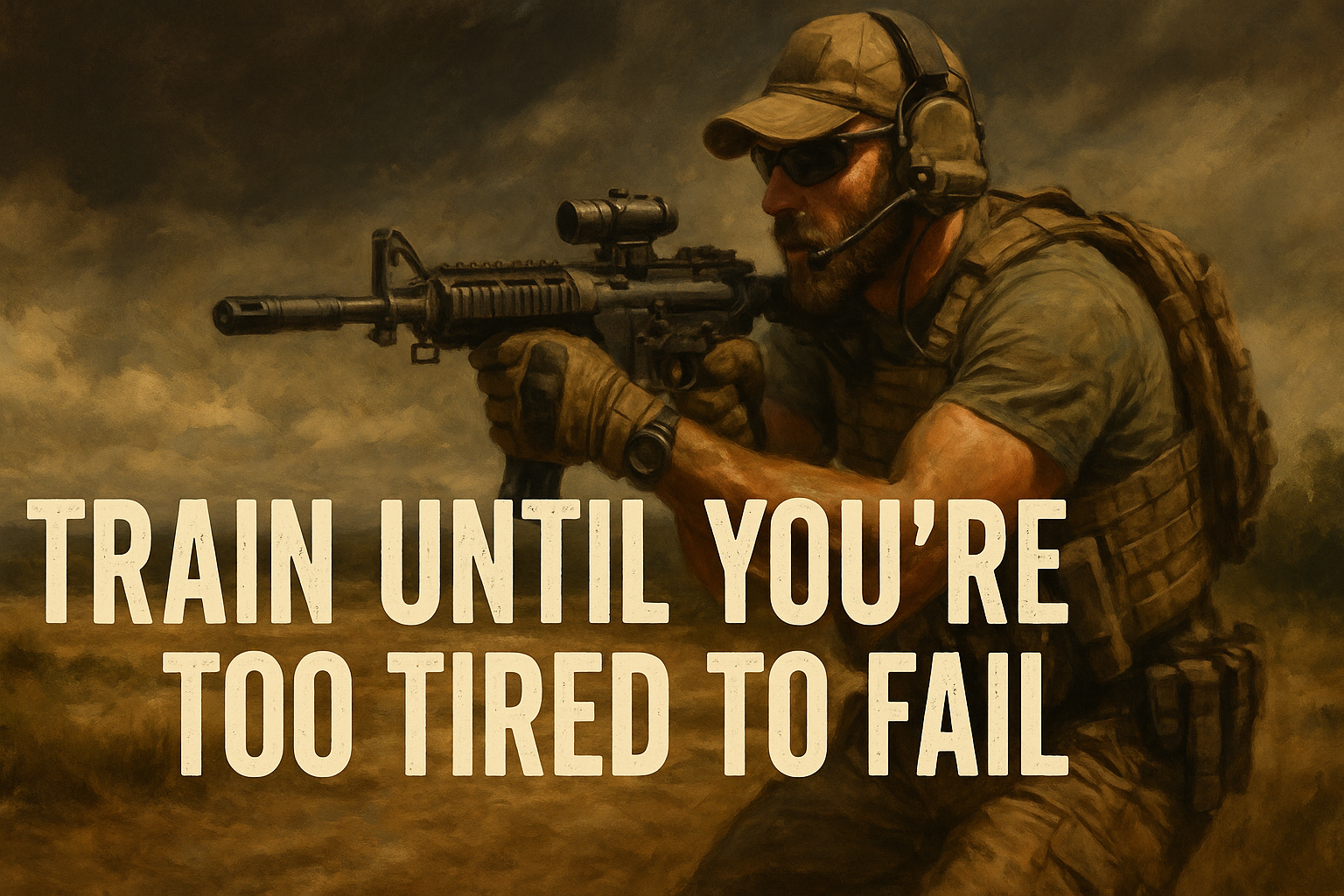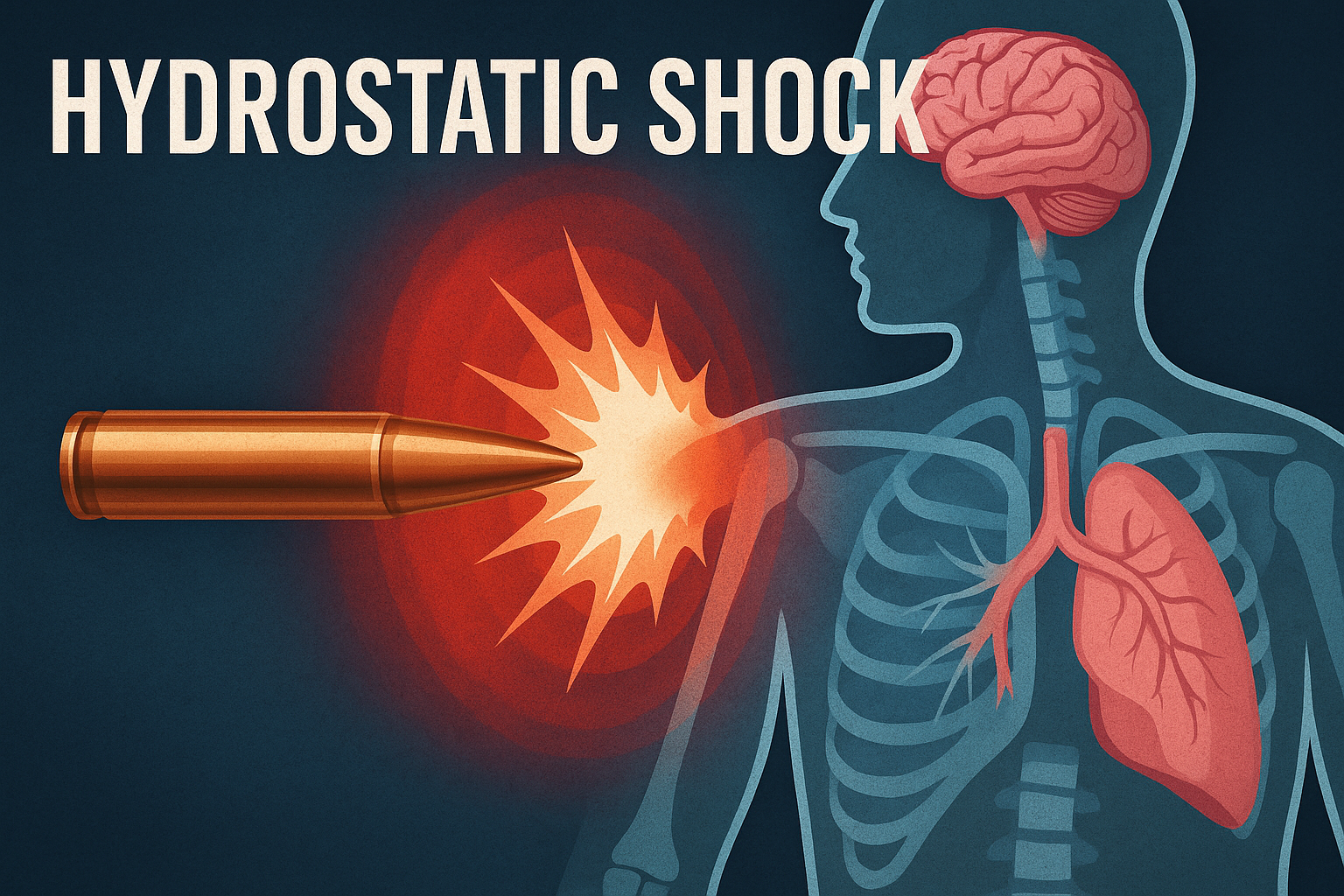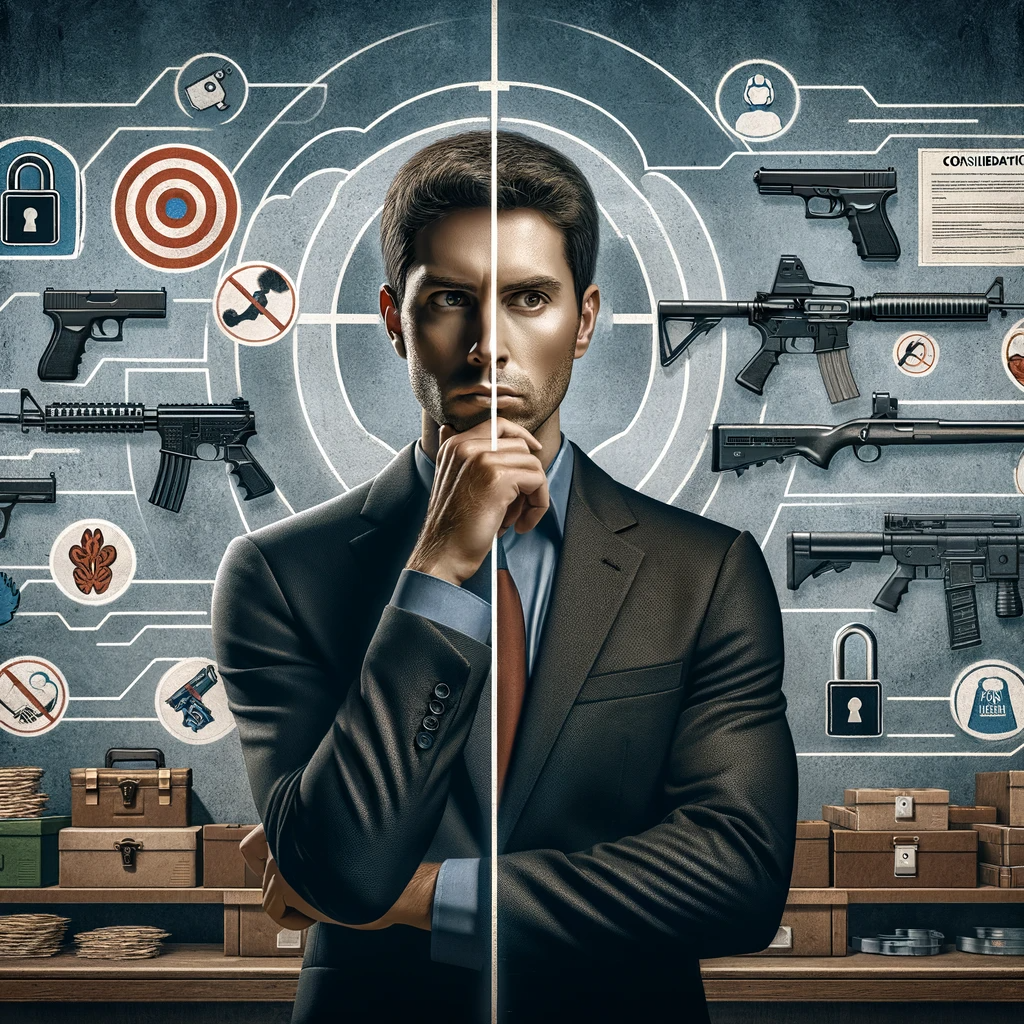When parents send their children off to school, they expect safety. Security guards, school guardians, and even some off-duty law enforcement personnel are positioned as the front line of defense against violence — especially the unthinkable: an active shooter. But what if that very line of defense is a mirage? What if those charged with protecting our children are underqualified, undertrained, and dangerously overconfident?
The hard truth is this: many of the individuals guarding our schools today are not prepared to protect your children — and the system is deliberately designed to keep you from realizing it.
The False Sense of Security
Most school districts across the country — particularly in states like Florida — have adopted “Guardian Programs” or employed private security firms in response to the devastating events at Parkland and Uvalde. These measures look good on paper. Districts point to officers with licenses and completed training courses. They assure parents that these individuals have been “qualified” with a firearm.
But here’s what they don’t tell you:
- The live-fire qualification standard for a Florida Class “G” license (armed security) requires just a 70% score, which equates to 168 out of 240 possible points. This score can be achieved without hitting a vital zone under time pressure. It does not include movement, stress, or decision-making drills. In some cases, shooters can miss critical targets and still pass.
- Guardian programs often allow civilians to carry firearms on campus after only 132 hours of training — significantly less than the training of a barber or cosmetologist. A large portion of this time is classroom-based, not live-fire under stress.
- Instructors hired to certify these guardians are discouraged — or outright warned — from failing students, for fear of upsetting school board contracts or losing teaching assignments. I know this because I’ve been there. I’ve seen unqualified individuals squeak through courses where failing them would’ve meant risking my job.
Behind the Curtain: What Real Combat Accuracy Looks Like
In real-world gunfights, especially during active shooter incidents, stress causes a dramatic drop in performance. Even trained police officers average only 20%–30% hit rates under duress. That’s with years of academy training and field experience.
Now ask yourself: if highly trained officers struggle, how well do you think a 22-year-old private security guard with zero combat exposure and a 70% range score will do under fire?
You might be horrified to learn that:
- Many school guards have never fired a weapon under pressure, never faced moving targets, and never used cover properly.
- Few are drilled on target identification, meaning they may freeze — or worse, shoot the wrong person — during a chaotic event.
- The average drill involves static firing at 3 to 7 yards, from a safe stance, in perfect lighting. No running. No screaming. No blood. No smoke. No chaos.
Professional Instructors: Silenced by Fear
There exists a nationwide network of certified firearms professionals and tactical educators — myself included — who have trained SWAT teams, federal officers, and military personnel. We know what effective training looks like.
We’ve created advanced curricula with scenario-based training, force-on-force drills, and de-escalation techniques. Yet we are routinely excluded from school training contracts. Why?
Because our programs expose the incompetence of current standards. We hold the mirror to the system — and the reflection isn’t flattering.
- School boards don’t want lawsuits. Admitting their officers aren’t properly trained could invite legal action.
- Security agencies fear losing contracts. If higher standards become the expectation, they’d have to pay more to train and certify guards — eating into profit margins.
- Unions and bureaucracies resist change. Reform means admitting the system is broken — and no one wants to be the first to say it aloud.
In some cases, instructors who failed guardians for unsafe behavior were told not to return. Some received veiled threats about “rocking the boat.” Others were forced to alter test results to ensure 100% pass rates.
This Is Not Just a Liability — It’s a Time Bomb
Imagine a frantic school hallway. Shots fired. Children screaming. Smoke from a fire alarm hangs in the air.
Now imagine a school guardian with 70 hours of shooting practice — most of it from a seated bench — fumbling with a sidearm he hasn’t drawn under stress since his licensing exam.
He hesitates. Or worse — he shoots blindly, missing the assailant and hitting a teacher or student. It has happened before, and without change, it will happen again.
Real Stories, Real Consequences
In multiple states, school guardians have left firearms unattended, discharged weapons accidentally on campus, or failed basic safety checks during routine inspections. In one Florida county, a guardian accidentally fired a round in a teacher planning room — he wasn’t removed; he was retrained and returned to service.
One security contractor told an instructor privately, “We don’t need them to be experts — just a deterrent.” But when lives are at stake, deterrence isn’t enough. The difference between a trained protector and a warm body with a gun is the difference between life and death.
Call to Action: Demand Better, Now
As a parent, you have more power than you realize.
📍 Ask your school board:
- What training has your guardian or security team completed?
- Who provides the training — and are they independent or contracted through the same agency that profits from their employment?
- Are scenario-based drills conducted?
- What is the firearms qualification course? How often is it repeated?
- Is there a third-party audit or oversight?
📍 Support legislation requiring:
- Higher pass/fail standards (minimum 90% on live fire)
- Quarterly requalifications
- Mandatory scenario-based training
- Transparent instructor evaluations
📍 Insist on independent training providers, not in-house rubber-stampers. Support agencies and instructors that are willing to speak hard truths, not those who serve convenience.
Final Word: Complacency Is the Real Threat
A well-trained guardian can save lives. But an undertrained one — empowered by false confidence and protected by bureaucratic apathy — is a walking liability, a potential disaster in waiting.
Your children deserve more than hope. They deserve proven protection.
It’s time to open your eyes — and raise your voice.


